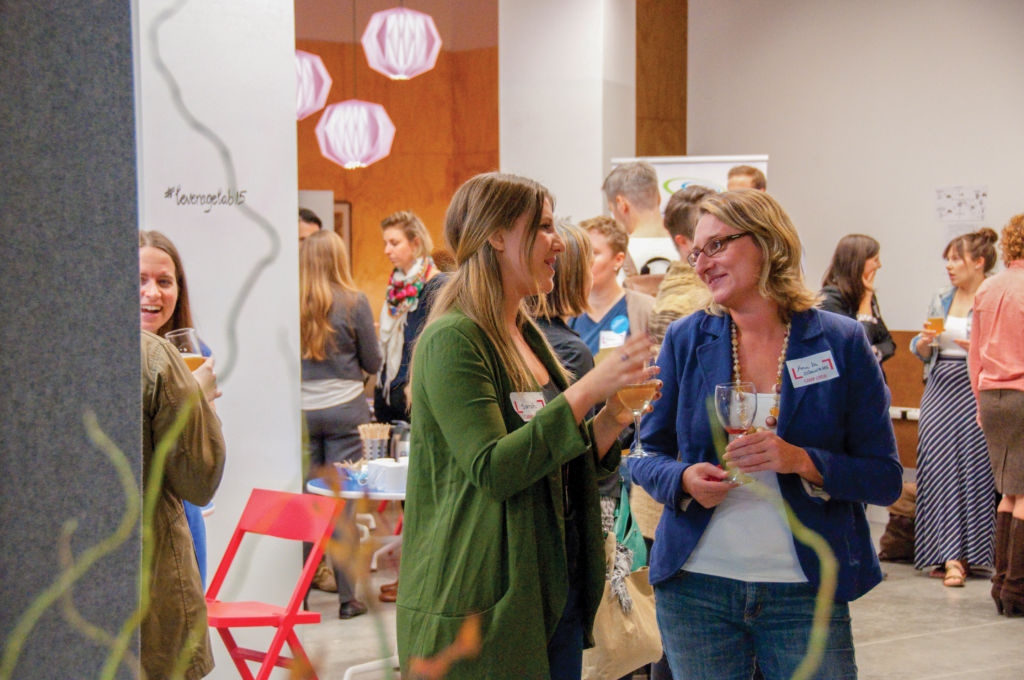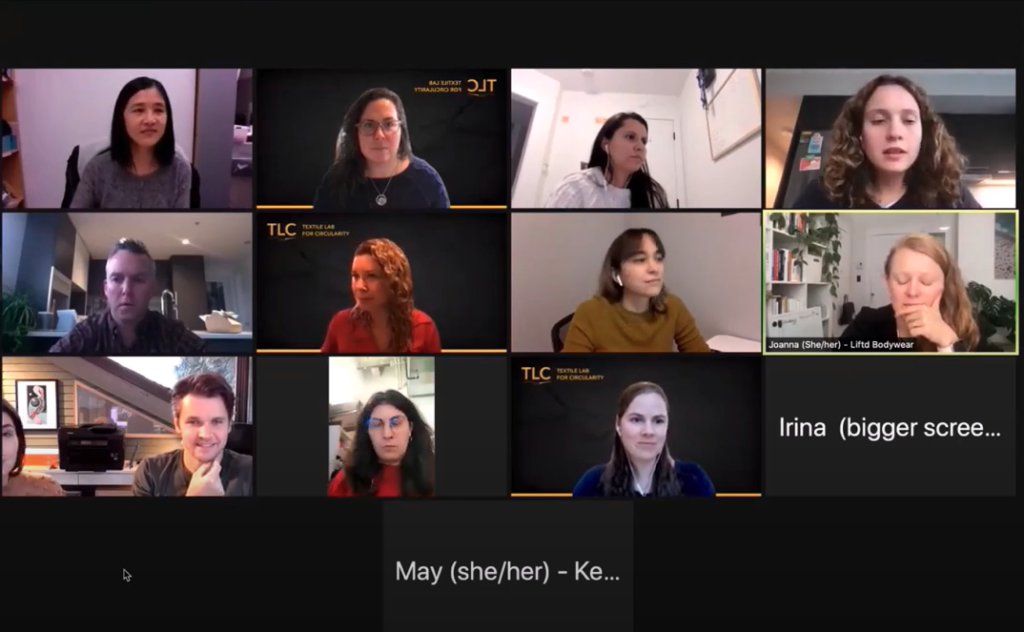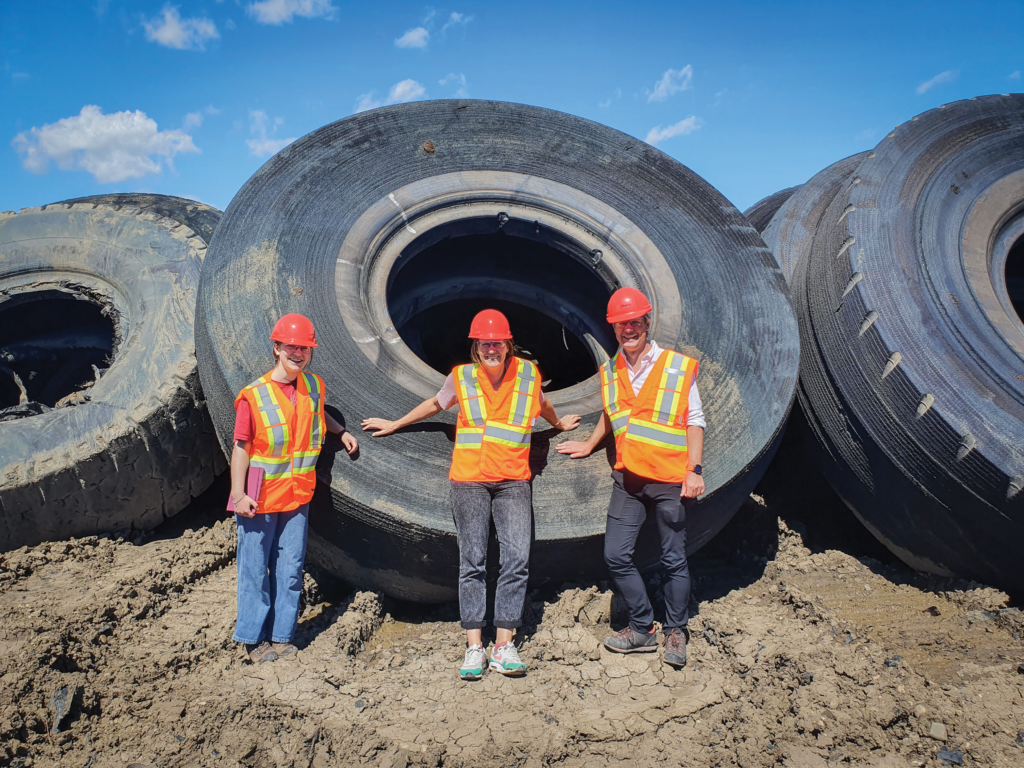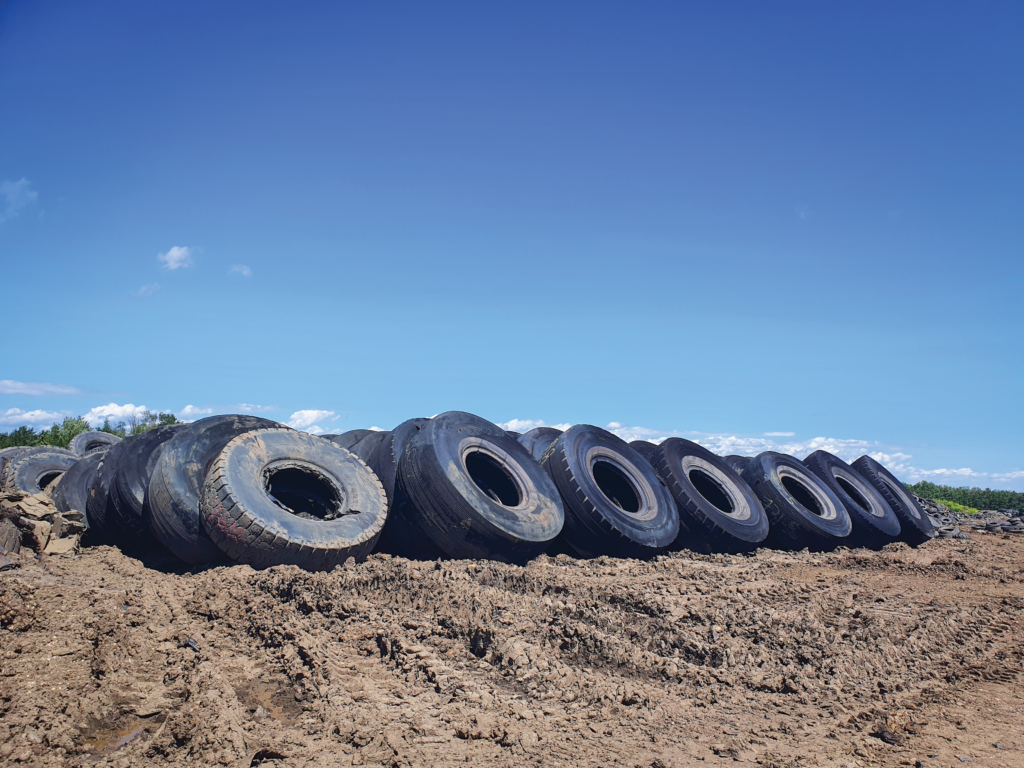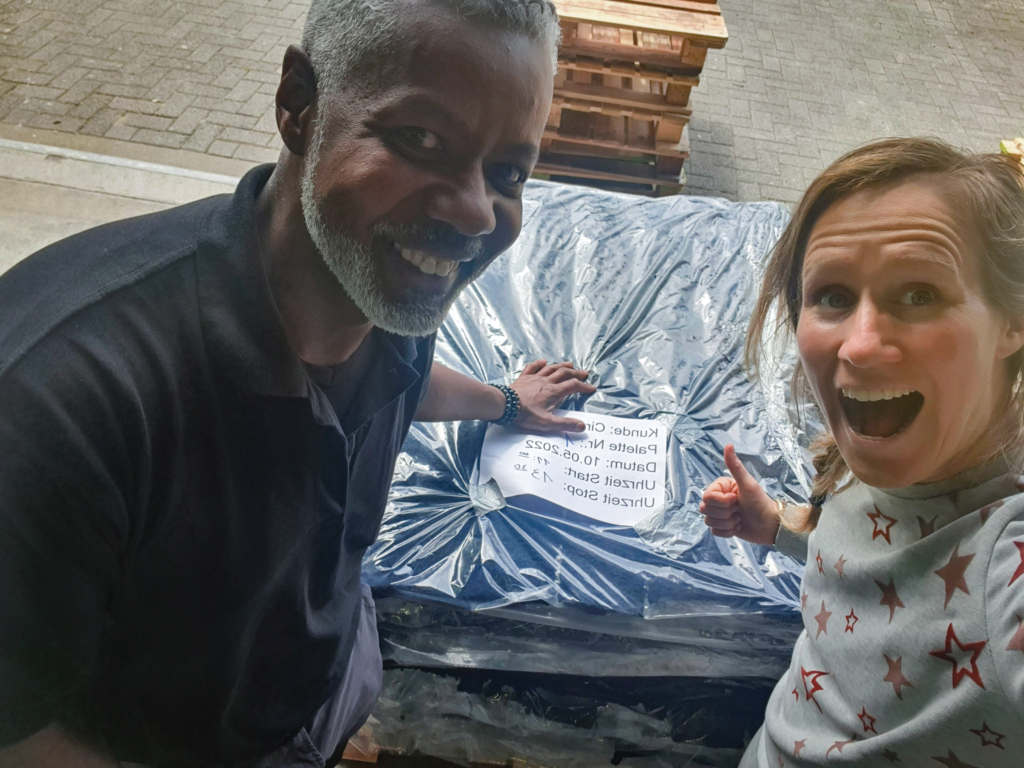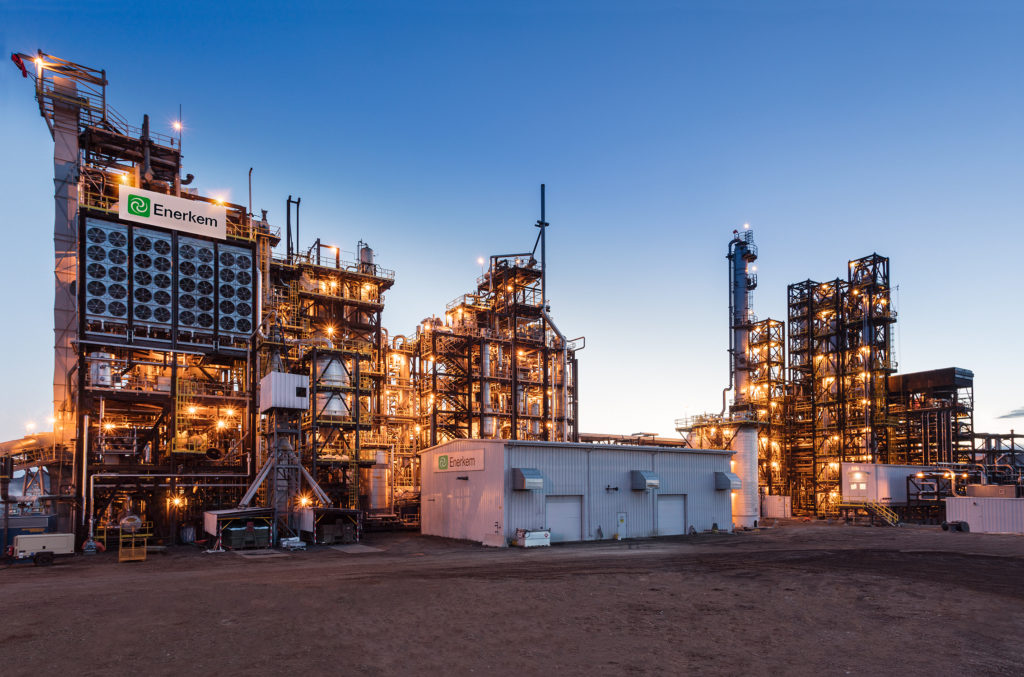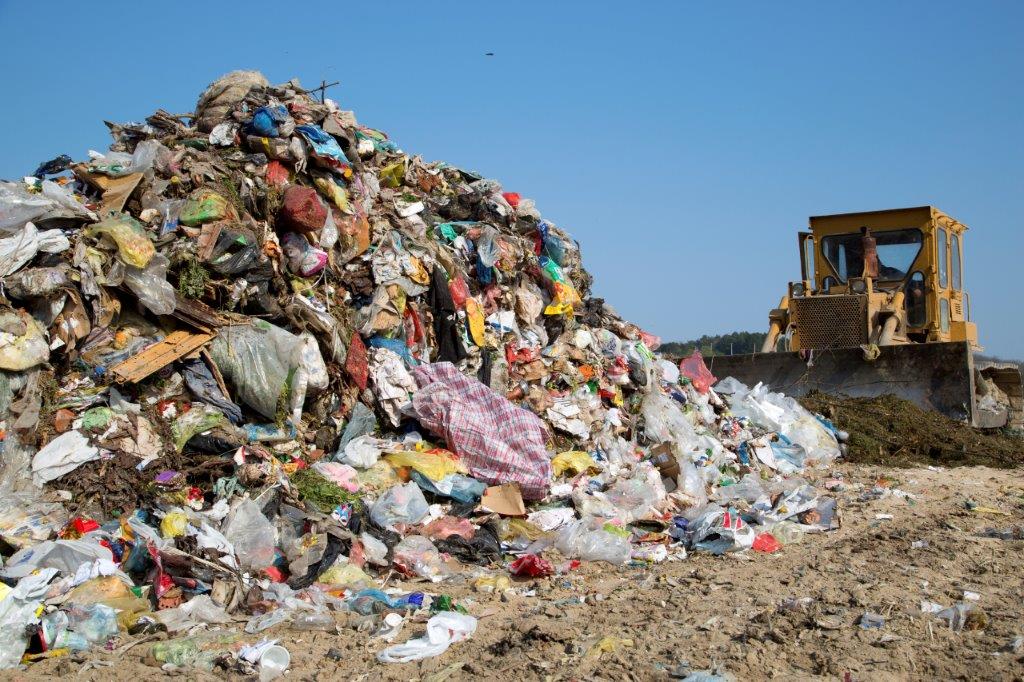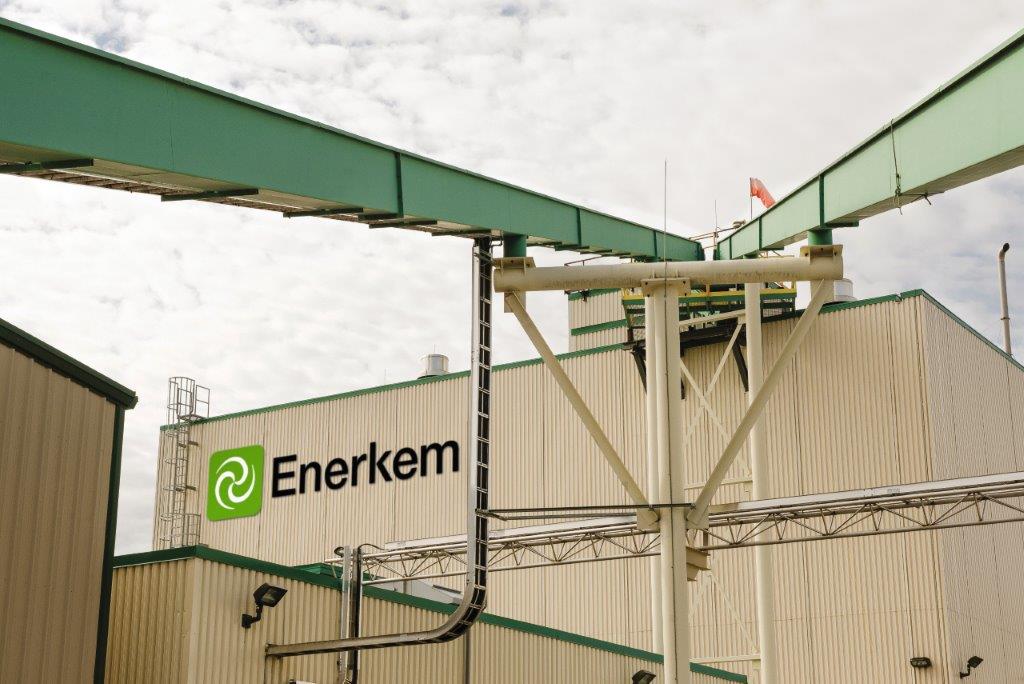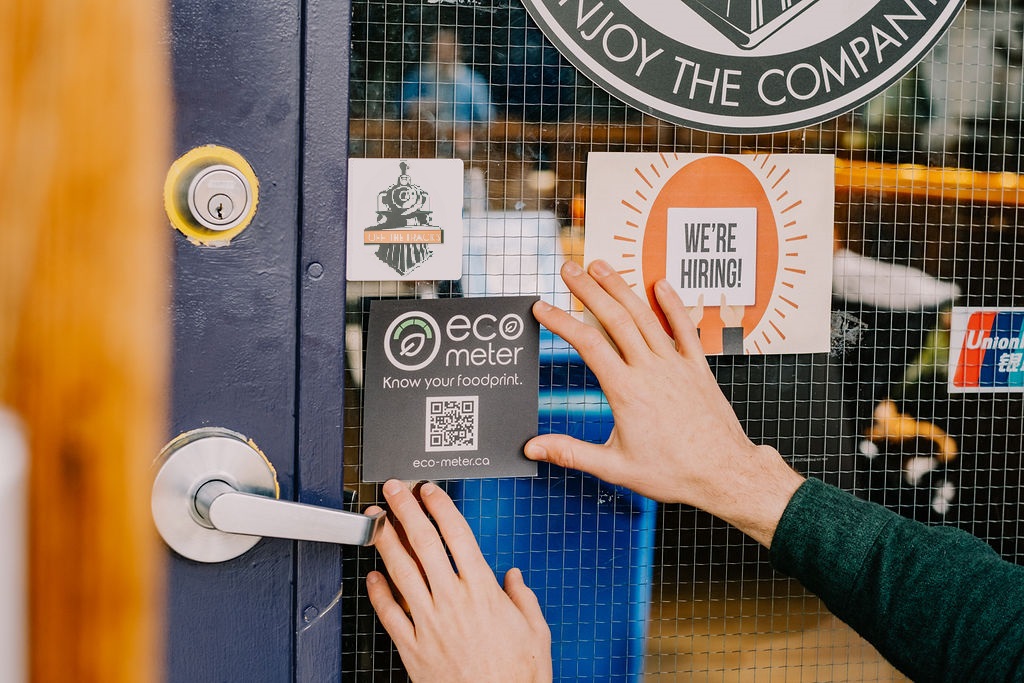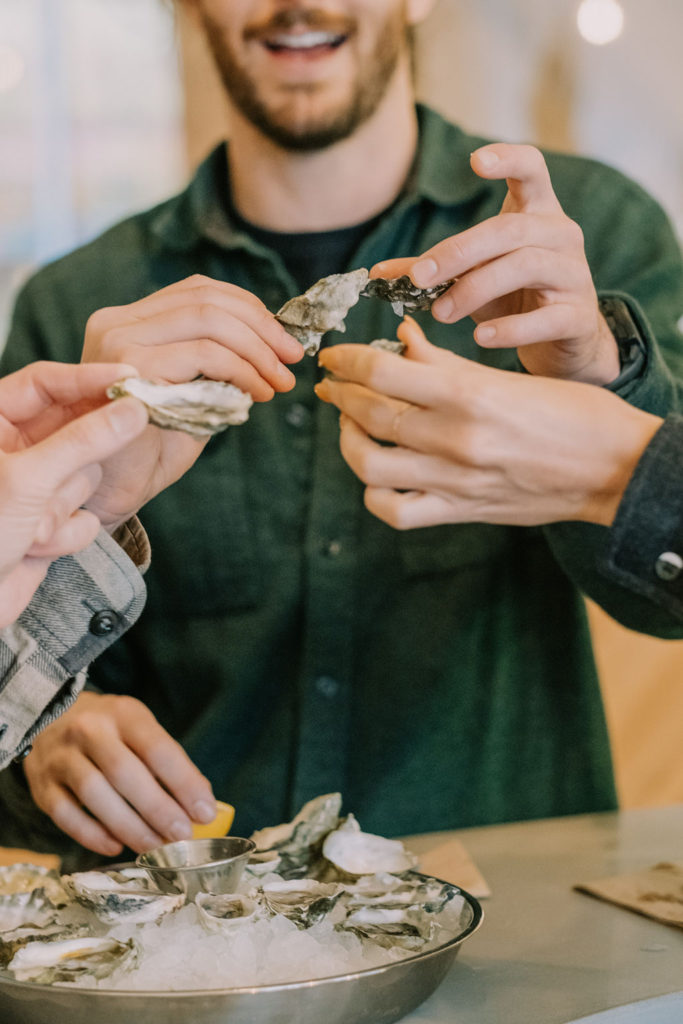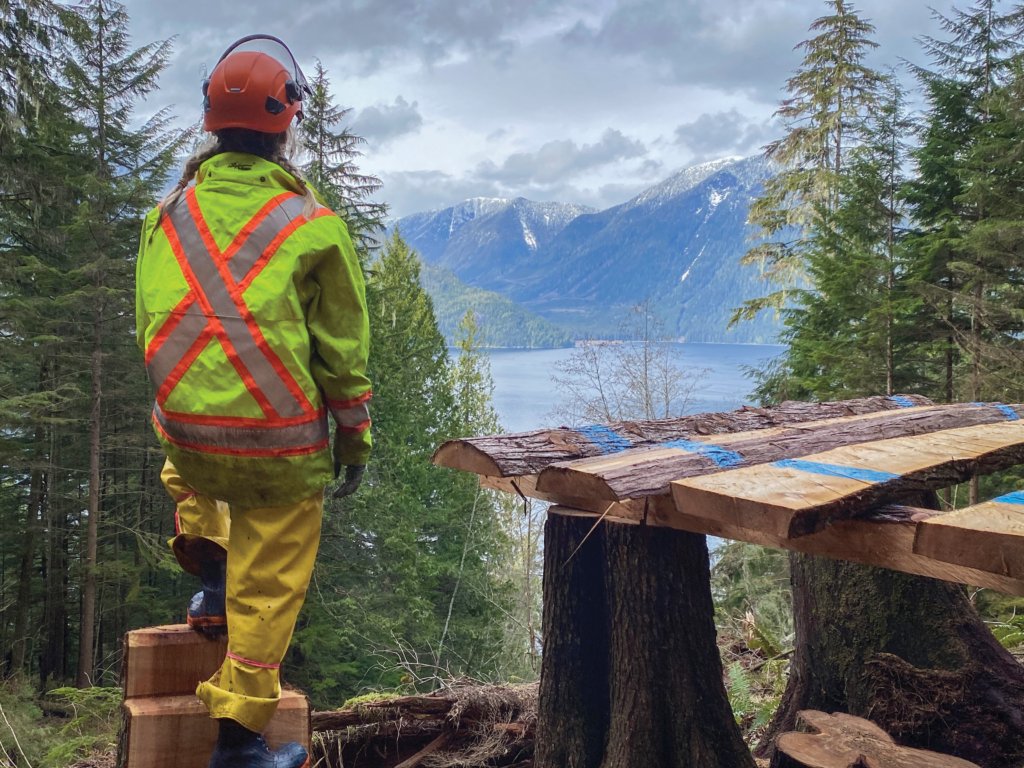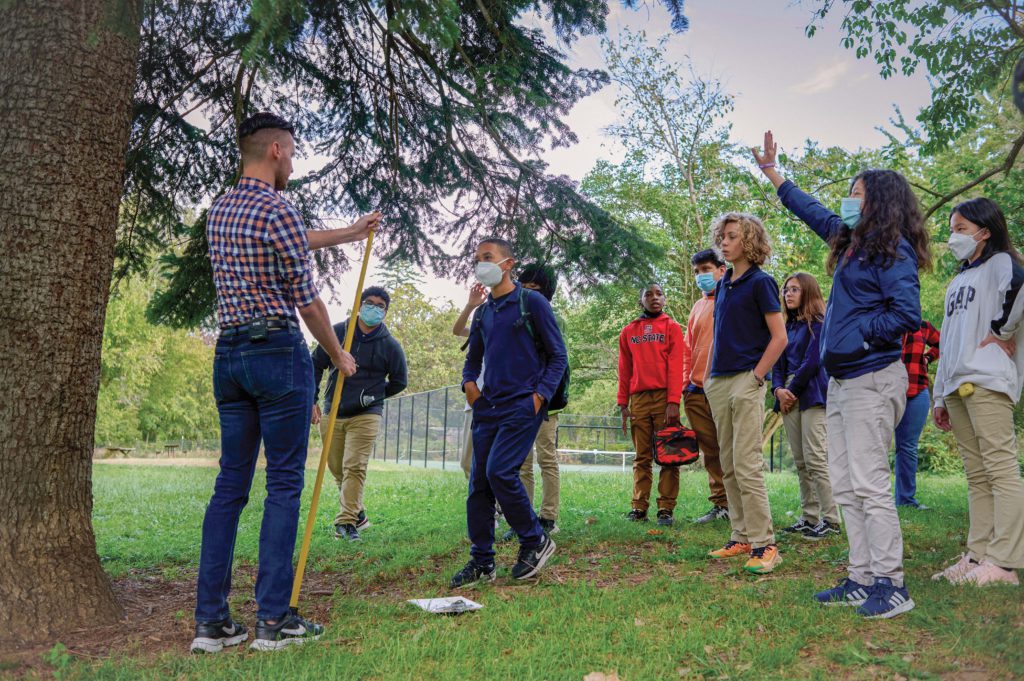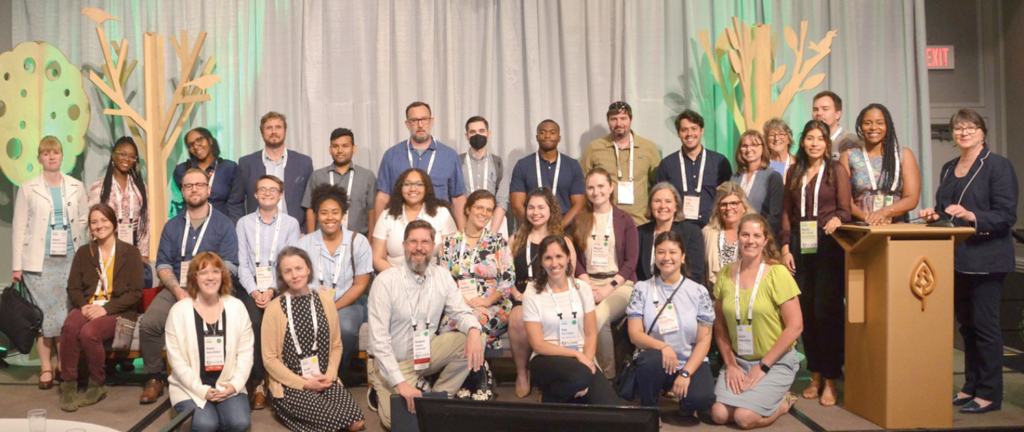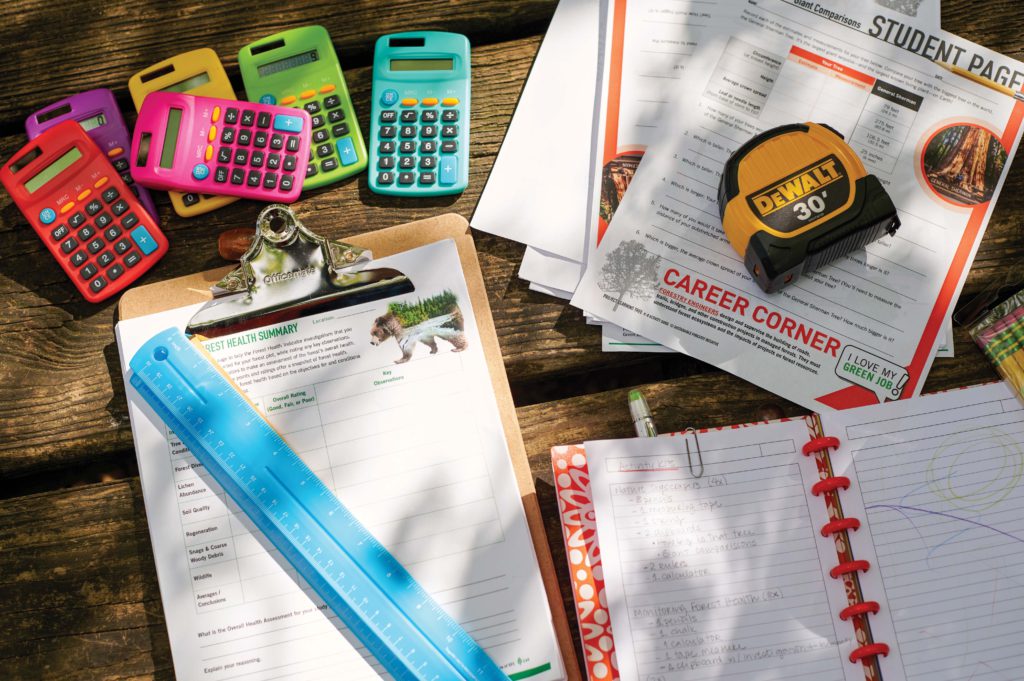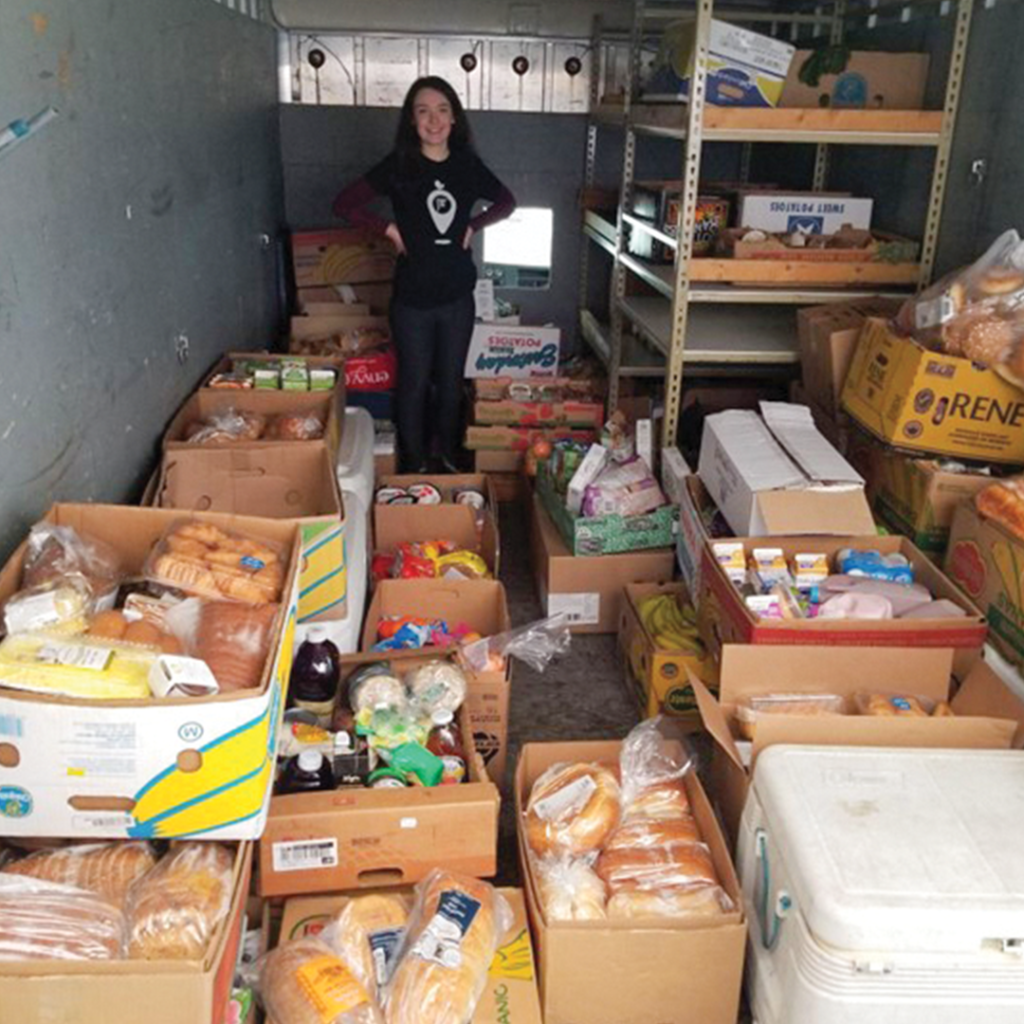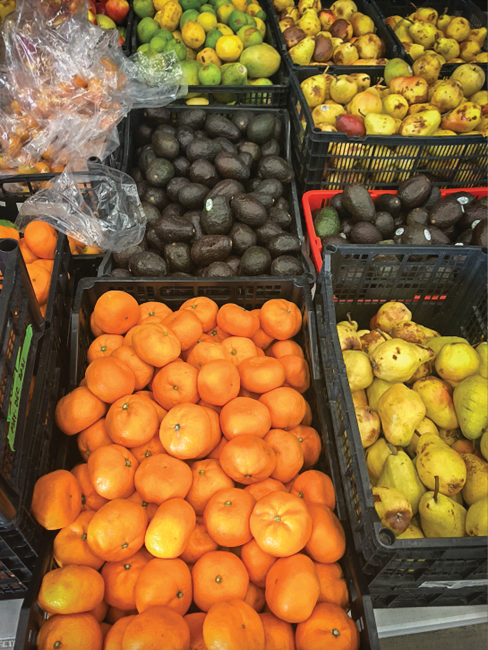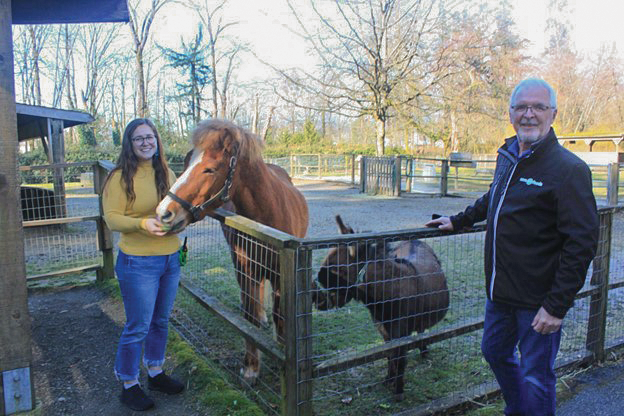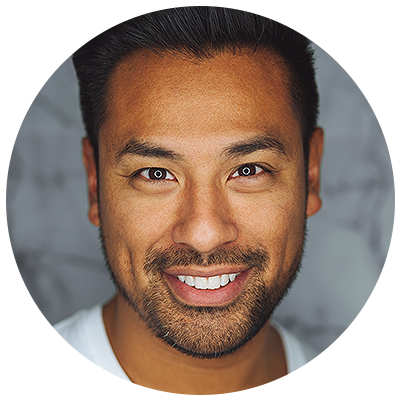Climate change is a global issue that requires major collaboration. Finding strong teammates to help cleantech companies scale and enact the solutions that will accelerate our way to a cleaner world is no small task.
Foresight Canada is committed to sparking change by championing the commercialization and adoption of Canadian cleantech innovation. We spoke with Jeanette Jackson, CEO, about this organization’s bold goals and extensive efforts to accelerate climate innovation and propel Canada to the forefront of the global cleantech stage.

Tell us about Foresight Canada’s mission.
Foresight is Canada’s cleantech accelerator. Our audacious goal is to see Canada become the first G7 nation to achieve net-zero.
Our programs and initiatives are focused on three strategic priorities: Acceleration, Adoption, and Ecosystem Development.
Foresight’s flagship Acceleration programs help entrepreneurs commercialize their clean technologies, and prepare for adoption and export. Through mentorship, education programs, investor introductions, and networking events, we help cleantech ventures get to market faster. Our programs have helped more than 870 companies validate, commercialize, and scale their cleantech solutions. Those companies have gone on to create more than 7,040 green jobs for Canadians, equaling more than $2 billion in economic impact for Canada.
We also run Innovation Challenges that connect industry or governments facing sustainability hurdles with market-ready cleantech solution providers. So far, we have successfully run 52 Innovation Challenges which have resulted in the removal of nearly 69 Mt of greenhouse gas (GHG) emissions from the atmosphere.
Through all of our activities, we are focused on growing a comprehensive Canadian cleantech ecosystem. Tackling climate change requires teamwork and collaboration across sectors, and Foresight is committed to bringing together a national network of changemakers that will accelerate Canada’s path to net-zero.
What inspired you/your co-founders to start your organization?
Foresight Canada was founded in 2013 by a group of passionate cleantech professionals who recognized the increasing challenges climate change would pose to Canada and the rest of the world.
I initially joined as an Executive in Residence in 2015, directly working with ventures to support their growth. Since then, I have been consistently inspired by the many innovators and entrepreneurs who have utilized Foresight’s programs and initiatives to develop solutions to mitigate the effects of climate change. Now, I and the team at Foresight are driven by the vision that Canada will be a global leader in deploying climate solutions, inspiring other nations to follow our path to net-zero.
What were some of the challenges your founders encountered?
As a non-profit, the biggest challenge we face is the volume of demand for our programs and services, while trying to work within the means of our budget. The team at Foresight works on many projects “off the side of their desks,” all of which we consider to be critical to Canada’s net-zero transition. We are a passionate group, entrepreneurially-minded, and strive to go the extra mile to drive Canada towards a greener future.
Within Canadian cleantech, there is both a need for capital support and for programming that drives domestic demand. At Foresight, we’re working to address these challenges through investor-related programming, such as Investor Readiness workshops, investor matchmaking, and curated pitch events. But to reach our audacious goal, more capital and support needs to be injected into Canada’s cleantech ecosystem. This could come in the form of additional project funding, other non-equity based capital structures, or streamlined procedures to propel the cleantech sector forward.
From our experience working directly with growing cleantech ventures, this type of support could go a long way in mitigating the challenges we, and the greater Canadian cleantech ecosystem, continue to face.
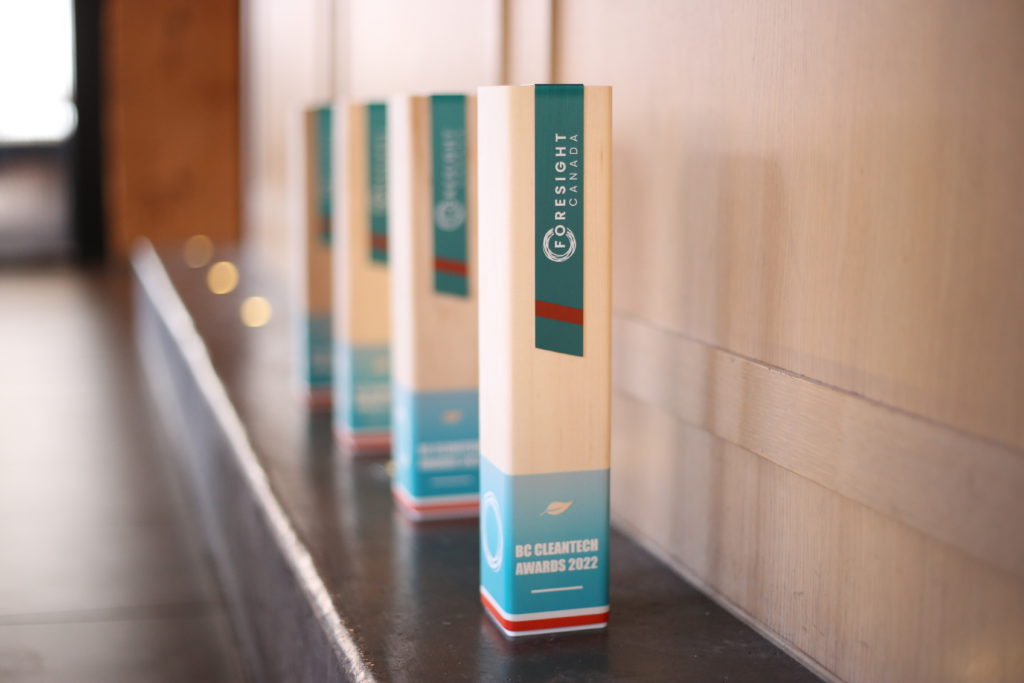
What do you consider to be Foresight Canada’s biggest success?
In June 2022, Foresight-supported cleantech ventures collectively reached unicorn status, raising over $1 billion in capital. Not only is this a major achievement for Foresight, but it also shows the strength of Canada’s cleantech sector and the opportunity for Canadian leadership on a global cleantech stage. Shortly after we reached this milestone, we saw BC-based cleantech venture, Nexii, become the fastest Canadian venture to reach unicorn status on their own. It’s clear the sector is accelerating rapidly, and we expect it to grow exponentially over the next several years.
Foresight is directly supporting this growth through curated investor matchmaking events, regular investment preparedness workshops, investor showcase events like our Foresight 50 initiative, and pitch opportunities like our Demo Day events.
Securing investments, especially at the early stage, is a major barrier facing many Canadian cleantech entrepreneurs, and a challenge we need to overcome if we are to position Canada as a long term leader in supplying solutions to the global transition. To see our alumni companies’ economic impact pushed into the billions is indicative that we are on track to do just that.
What makes your organization unique?
At Foresight, we recognize that innovation can’t exist in a vacuum. That’s why we’re focused on bringing together innovators, investors, industry, governments, and academia (our Helix 5 partners) to build the most efficient and effective path to net-zero.
We combine learning programs, world-class matchmaking events, investor introductions, insightful ecosystem reports, and industry challenges with ongoing alumni support to help Canadian ventures through every stage of their journey, from ideation through commercialization.
We have made unprecedented progress in supporting and growing the Canadian cleantech ecosystem. The track record of our alumni companies is proof of our ability to validate, commercialize, and scale market-ready solutions and innovations.
How do you feel your organization makes the world better?
Through our acceleration programs, innovation challenges, and ecosystem building, Foresight is playing a crucial role in carving the country’s path to net-zero.
Since 2016, our programs have supported ventures to reduce a projected 68.9+ Mt of GHG emissions – the equivalent annual emissions of 2,000 jumbo jets.
We are very proud to have played a role in the removal of those emissions and to support cleantech ventures that are bringing world-changing innovation to the global stage, but we know we have a long way to go to achieve a net-zero economy. We are confident that the ventures we support, through our Innovation Challenges and Acceleration programming, will continue to deploy their climate solutions around the world to leave a better future for generations to come.
We are strategizers, ecosystem mappers, and partnership builders enabling Canada to win the net-zero race.
How can capital be used as a force for positive change?
Last year, Foresight completed a national survey of cleantech ventures, who identified raising capital as one of the biggest areas of support needed to grow and scale their innovation. In response, Foresight launched our Investor Readiness workshops to educate our ventures on how to prepare and pitch their solutions to investors. We also ramped up our efforts to plan and host matchmaking events, like our Foresight 50 initiative, that facilitate connections and often result in partnerships, pilot opportunities, and the deployment of capital. Last year’s Foresight 50 companies went on to collectively raise $593 million in capital support to help propel their cleantech solutions forward.
Cleantech investments such as this accelerate the commercialization and scaling of critical technologies. Once these technologies are deployed, they can demonstrate value to new investors and clients, creating a cycle of increasing support for the cleantech ecosystem.
Through increased capital investments into Canadian cleantech innovations, we can reduce emissions around the world with made-in-Canada solutions, potentially mitigating the worst effects of climate change.
Tell us about Foresight Canada’s goals.
When the Group of Seven (G7) announced their collective commitment to reaching net-zero carbon emissions by 2050, Canada might have been perceived as an emissions reduction underdog. But don’t underestimate our determination. This bold goal is driving our country’s climate change policies and targets, and it’s inspiring our work at Foresight Canada.
The climate challenge crisis has come into acute focus over recent years. As outlined in our new annual report, our team has stepped up our commitment to accelerate the commercialization and adoption of Canadian cleantech innovation. We significantly increased our reach and impact on all metrics – helping more cleantech ventures raise more capital, generating more revenue, piloting with more customers, and creating more green jobs.
Drawing on this momentum, we will continue to relentlessly drive cleantech adoption through collaboration with our Helix 5 stakeholders. It will take a massive effort and a whole lot of teamwork, but we cannot afford to step back from the challenge of preserving a livable future for generations to come.
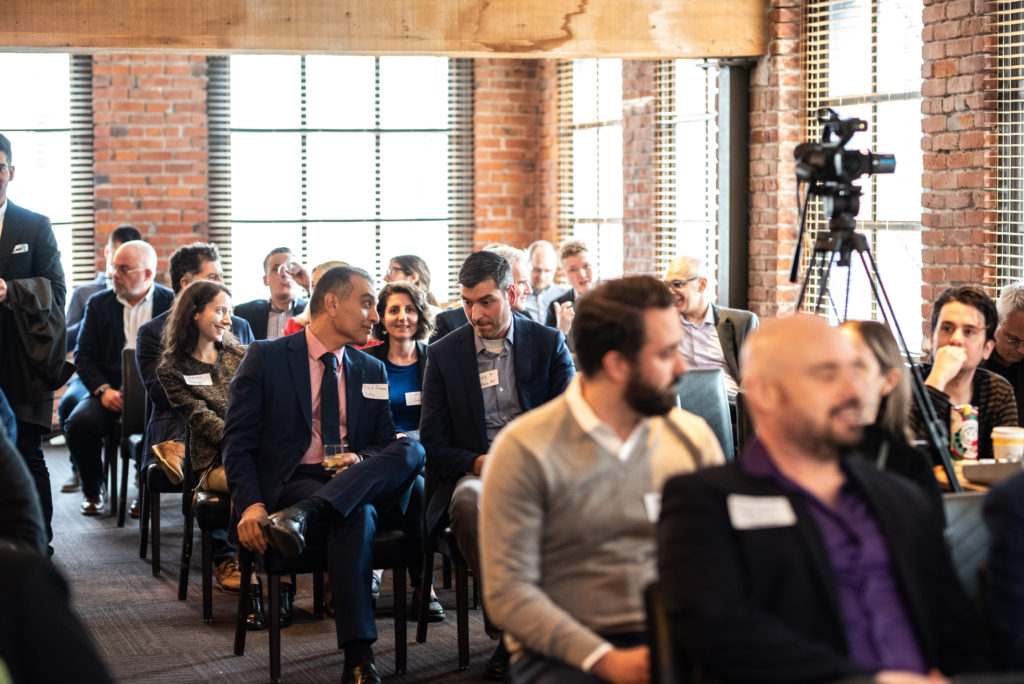
Are there any upcoming initiatives or projects you’d like to share?
In spring 2023, we are hosting our 3rd annual BC Cleantech Awards, recognizing the Canadian innovators, educators, associations, and companies that have the biggest impact on our growing net-zero economy in these provinces. This year, we are excited to be expanding the recognition event series to Alberta, hosting our inaugural Alberta Cleantech Awards in late Spring 2023. Celebrating and gathering regionally allows us to connect our Helix 5 stakeholders to increased exposure and collaboration within the Canadian cleantech ecosystem.
At a time when climate concerns are reaching all-time highs around the globe, it’s never been more important to recognize and celebrate the Canadian cleantech ventures that are moving the needle towards net-zero. Calls for nominations will open in early 2023.
What do you most want people to know about Foresight Canada?
Climate change is an urgent problem that can’t be solved by a single solution. Overcoming this challenge will require unprecedented international collaboration between innovators, industry, investors, government, and academia. Recognizing this early on, Foresight endeavoured to become so much more than an accelerator. We are strategizers, ecosystem mappers, and partnership builders enabling Canada to win the net-zero race. And, we will be the catalyst for the critical collaboration needed to drive Canada to net-zero.
How can people help or contribute to your organization’s mission?
As ecosystem connectors, we’re always looking for new collaborators and community members to move Canada on the path to net-zero. Join our dedicated Community of Innovators Slack channel, follow us on LinkedIn and Twitter, and visit foresightcac.com for more information.
This story was featured in the Make The World Better Magazine:
Discover more stories of impact:
- Black Opportunity Fund: Supporting Black-led Businesses
- Coast Capital Savings: Helping Communities Thrive
- COIL | Our Food Future: Getting it Right on a Local Level
- Harvest Impact: Nourishing a Circular Food Network
- Spring Activator: Growing Impact with Values-Aligned Capital
- Una Terra: Fighting Climate Change with Impact Investing
- Vancity: Challenging Norms and Building Lasting Impact



